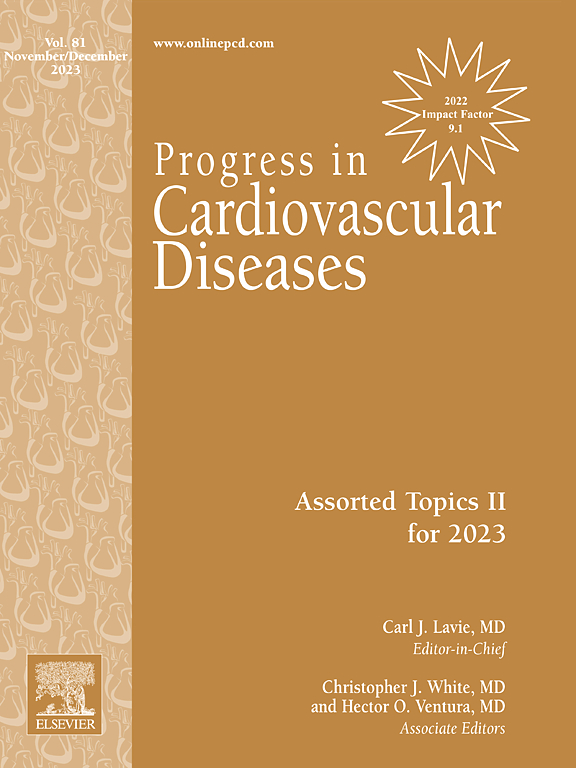文化对选择多动少坐的影响。
IF 7.6
2区 医学
Q1 CARDIAC & CARDIOVASCULAR SYSTEMS
引用次数: 0
摘要
低水平的身体活动(PA)和长时间久坐会显著增加患非传染性疾病的风险。个体最低限度地增加其PA水平可以显著降低发病率和死亡率的风险。尽管定期的公共信息传递周期和PA的宣传活动强调了这些观察结果,但几十年来,符合PA建议的个人数量一直没有给人留下深刻印象,并且停滞不前。除了个人或人们的文化信仰外,许多研究已经确定了成为和保持体育锻炼的主要障碍。然而,运动专业人士和其他相关医疗保健专业人士在推广PA时可能不会考虑一个人的文化经历。认识到文化对PA的影响,无论是积极的还是消极的,都可以促进与个人或团体进行文化敏感的讨论,并以一种促进其采用的方式定制PA建议。因此,本文旨在回顾文化如何影响PA行为的相关研究和例子,并为运动专业人员和相关医疗保健提供者在不同人群中推广PA提供考虑因素。本文章由计算机程序翻译,如有差异,请以英文原文为准。
Cultural influences on choosing to move more and sit less
Low levels of physical activity (PA) and prolonged periods of sedentary time significantly increase the risk of developing non-communicable diseases. Individuals who minimally increase their PA levels can experience significant reductions in risk of morbidity and mortality. Despite regular public messaging cycles and PA promotional campaigns highlighting these observations, the number of individuals meeting the PA recommendations has been underwhelming and stagnant for decades. Numerous studies have identified prominent barriers to becoming and staying physically active, in addition to a person's or people's cultural beliefs. Yet exercise professionals and other allied healthcare professionals may not consider one's cultural experiences when promoting PA. Recognizing the impact of culture on PA, whether it is positive or negative, can facilitate culturally sensitive discussions with individuals or groups and customizing PA recommendations in a way that facilitates its adoption. Accordingly, this paper aims to review relevant studies and examples of how culture can influence PA behaviors, as well as provide considerations for exercise professionals and allied healthcare providers to take when promoting PA in diverse populations.
求助全文
通过发布文献求助,成功后即可免费获取论文全文。
去求助
来源期刊

Progress in cardiovascular diseases
医学-心血管系统
CiteScore
10.90
自引率
6.60%
发文量
98
审稿时长
7 days
期刊介绍:
Progress in Cardiovascular Diseases provides comprehensive coverage of a single topic related to heart and circulatory disorders in each issue. Some issues include special articles, definitive reviews that capture the state of the art in the management of particular clinical problems in cardiology.
 求助内容:
求助内容: 应助结果提醒方式:
应助结果提醒方式:


